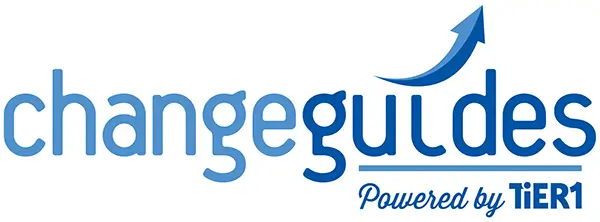Resistance is Inevitable
Great ideas, great people and great projects have fallen victim to resistance to change. Resistance is a
natural part of the change process and exists in many forms. Look for these structural and physiological
reasons people resist.
Fear of the unknown: When a leader announces a change, whether it is a new computer system, moving
to a cross-functional team environment or even a move to a new building, it can be scary. The
announcement of a change threatens this comfortable ‘today’ the employee knows and introduces a
‘tomorrow’ that she doesn’t’ know.
Threat to expertise or prominence: Threat to prominence is based on the perception that something
someone values will be taken away. A leader who values the size of the budget, the number of direct
reports, the title or even the location of the office may resist any change that threatens one or more of
these things.
Lack of Support: A motivated and hard-working innovator still may not be able to change because of the
lack of support around him. This lack of support or structure may include:
1. Lack of skills or information
2. Mismatched evaluation system
3. Lack of resources, rewards, or recognition
4. Lack of appropriate reporting or collaborative relationships
Working against the Brain: If employees have ingrained habits and are suddenly asked to make new habits,
the brain must work harder. This goes against the brain’s natural inclination to conserve energy. Many
books such as The Power of Habit are great resources for understanding the physiological challenges when
we ask people to work differently.
Recognizing the many root causes of resistance, improves understanding. Improved understanding leads to
better ways to address resistance.
Ways to get started include:
1. When there is fear of the unknown, do a better job communicating what the future looks like for
that person.
2. When there is threat to expertise and power, acknowledge what is going away but also reinforce
the positives and opportunities.
3. When support is missing, advocate for people and budget to address what is lacking. Explain the
risk of not addressing these gaps.
4. When habits are being changed, educate people about how to recognize habits and what it takes to
change them.
Dealing with resistance isn’t easy but it’s a central part of change management. Expect it, recognize the
type of resistance, and find ways to address it.

